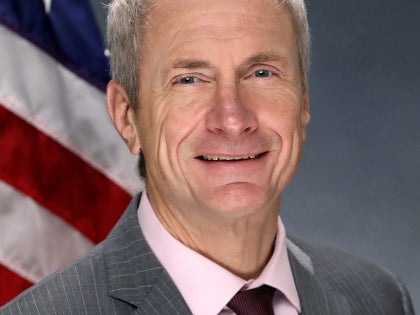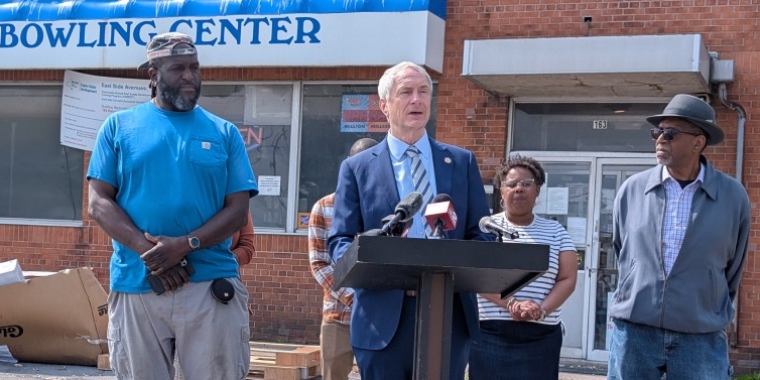
Op-Ed: A new Bills stadium must work for Western New York
Talks of a new stadium for the Buffalo Bills have grabbed headlines in Western New York for quite some time now. We have all read the rumblings about possible locations, construction options, and, of course, the price tag. Barring a plan for major renovations to the fourth-oldest stadium in the NFL, it seems likely that the time has come to replace it.
I have always said that it is imperative the Bills remain in Western New York. We all understand that they are an important part of our community’s fabric. In good times and in bad, the team is a constant and significant part of our region’s identity. The Bills are a major source of civic pride; especially now that Brandon Beane and Sean McDermott have turned them into a Super Bowl contender. But we cannot let that fact cloud our judgment and force us into a bad long-term deal for the people of Western New York.
Based on league-wide trends, the construction of a new stadium would undoubtedly be funded by a mix of private and public dollars. In the last decade, five publicly owned stadiums have been built, with public funding accounting for about one-third of the cost, on average. Like Highmark Stadium, a new Bills stadium would no doubt be owned by Erie County. Unlike Highmark Stadium, it needs to bring considerable tangible benefits to the public.
It is a well-documented fact that stadiums do not provide the economic benefits that are often advertised when the public is being sold on them. This is especially true of open-air stadiums in Northeastern cities. In a given year, Highmark Stadium hosts roughly 10 NFL games, a handful of local/regional events, and maybe a concert or two in the summer. One look at the neighborhood surrounding the 48-year-old stadium disproves the idea that a stadium spurs major economic development.
If we are to spend any public money on a new stadium, we need to make sure the community is getting guaranteed benefits. One way to do this is by negotiating a community benefits agreement (CBA). With a CBA, we can guarantee that any investment we make results in an economic ripple effect that will offset the cost to taxpayers. A CBA for a new stadium should include things like family-sustaining wage requirements and local hiring targets for both stadium staff and construction staff. It could also include specific investments to be made into public interest and nonprofit projects in the Western New York Community.
As stadium negotiations move forward, I will work with my colleagues in government and community stakeholders to help deliver a blueprint for a CBA that will ensure that the people of Erie County benefit from any investment we make. Western New Yorkers have made it clear how important it is for the Bills to remain in Buffalo. Now it is our duty to ensure that no one takes advantage of our community passion.
